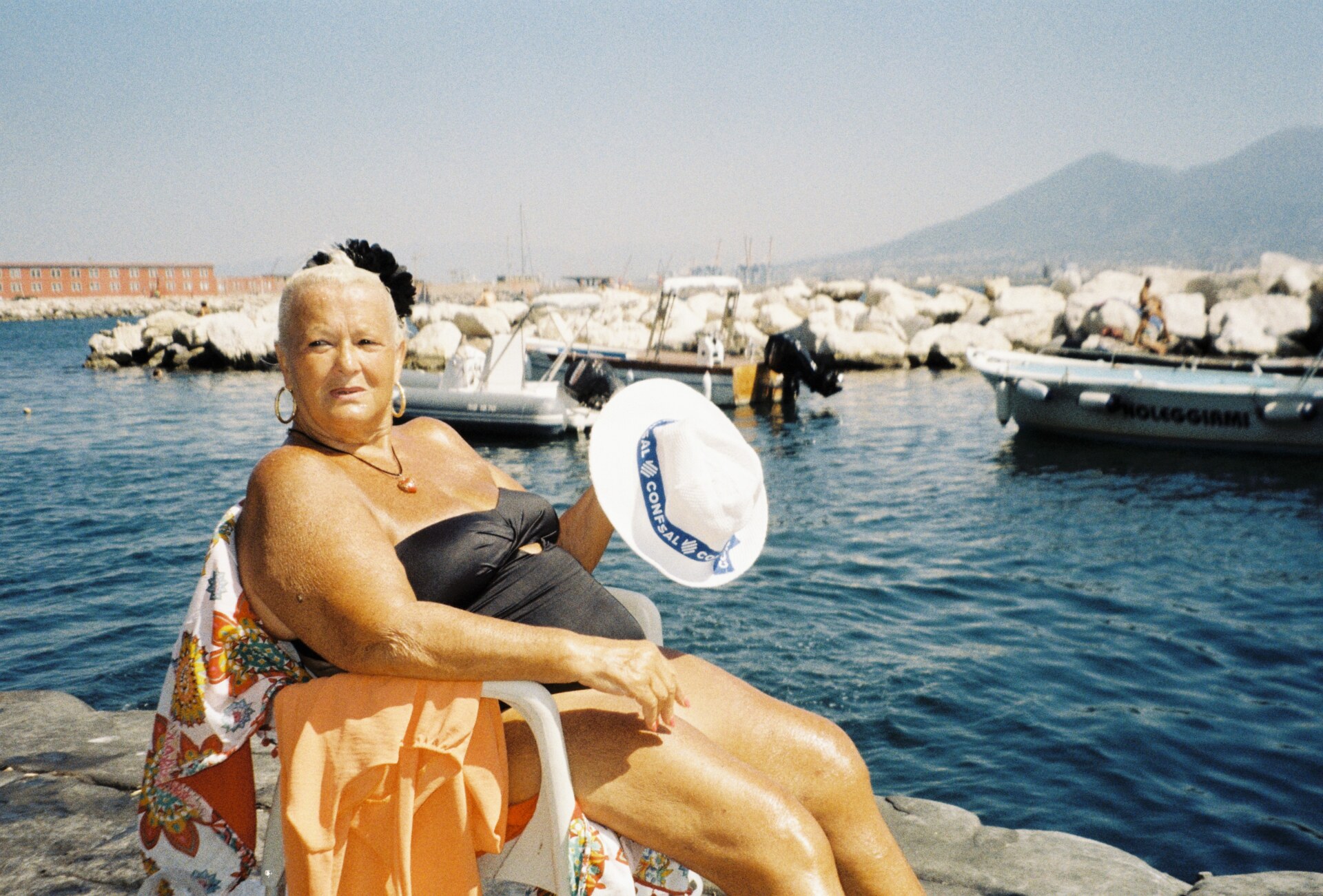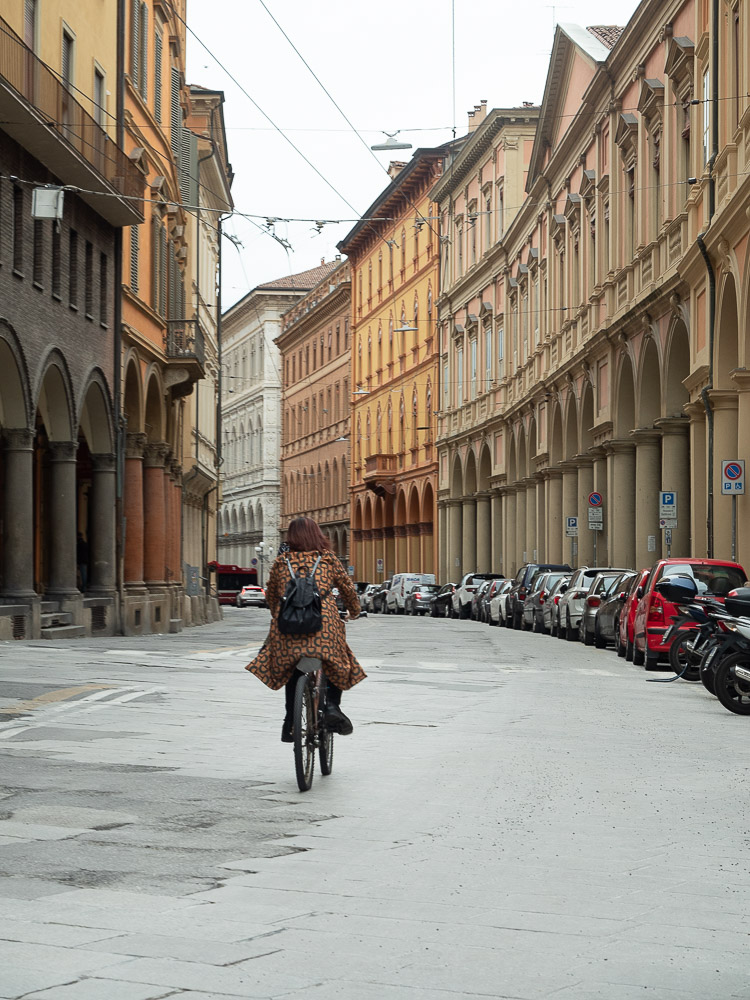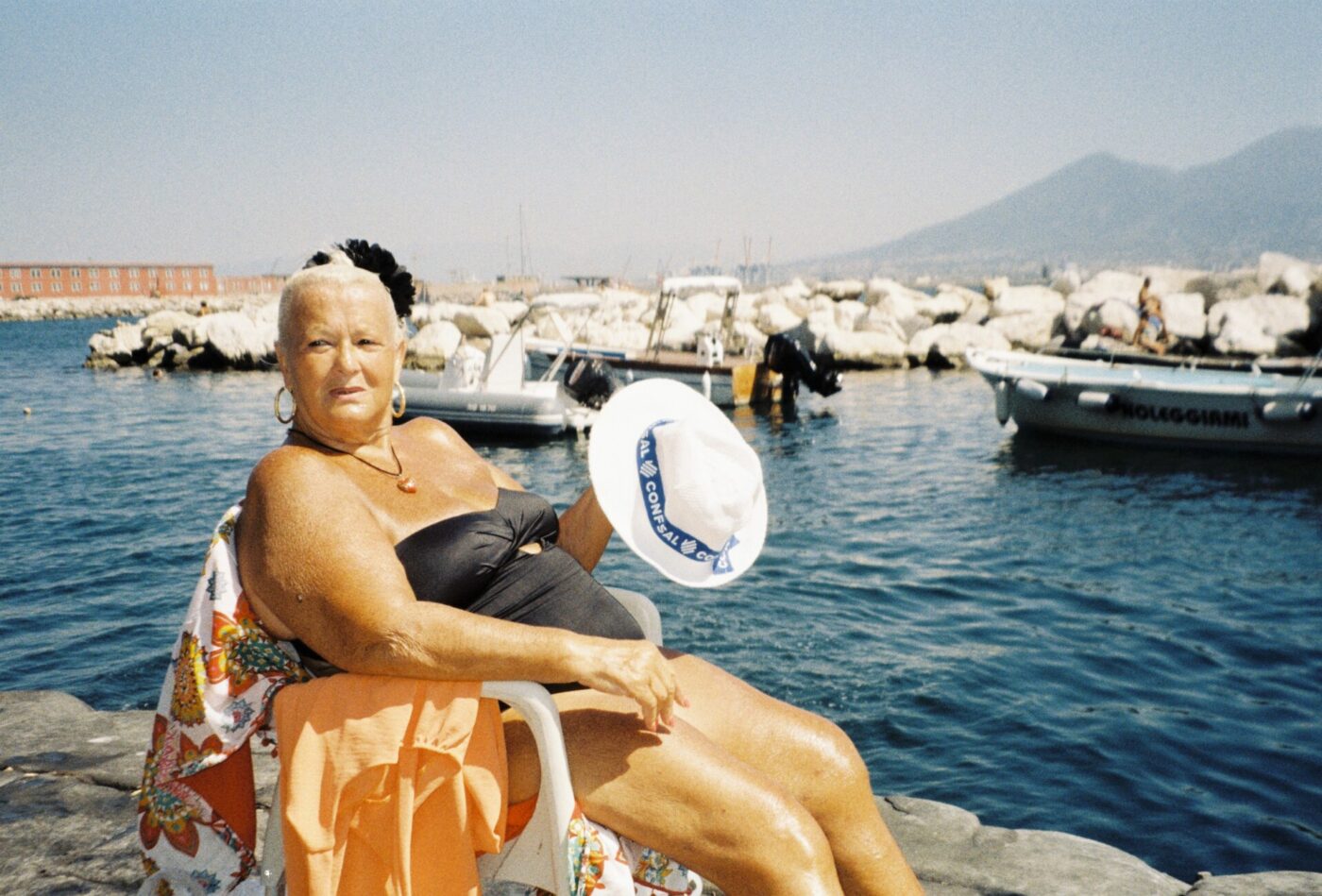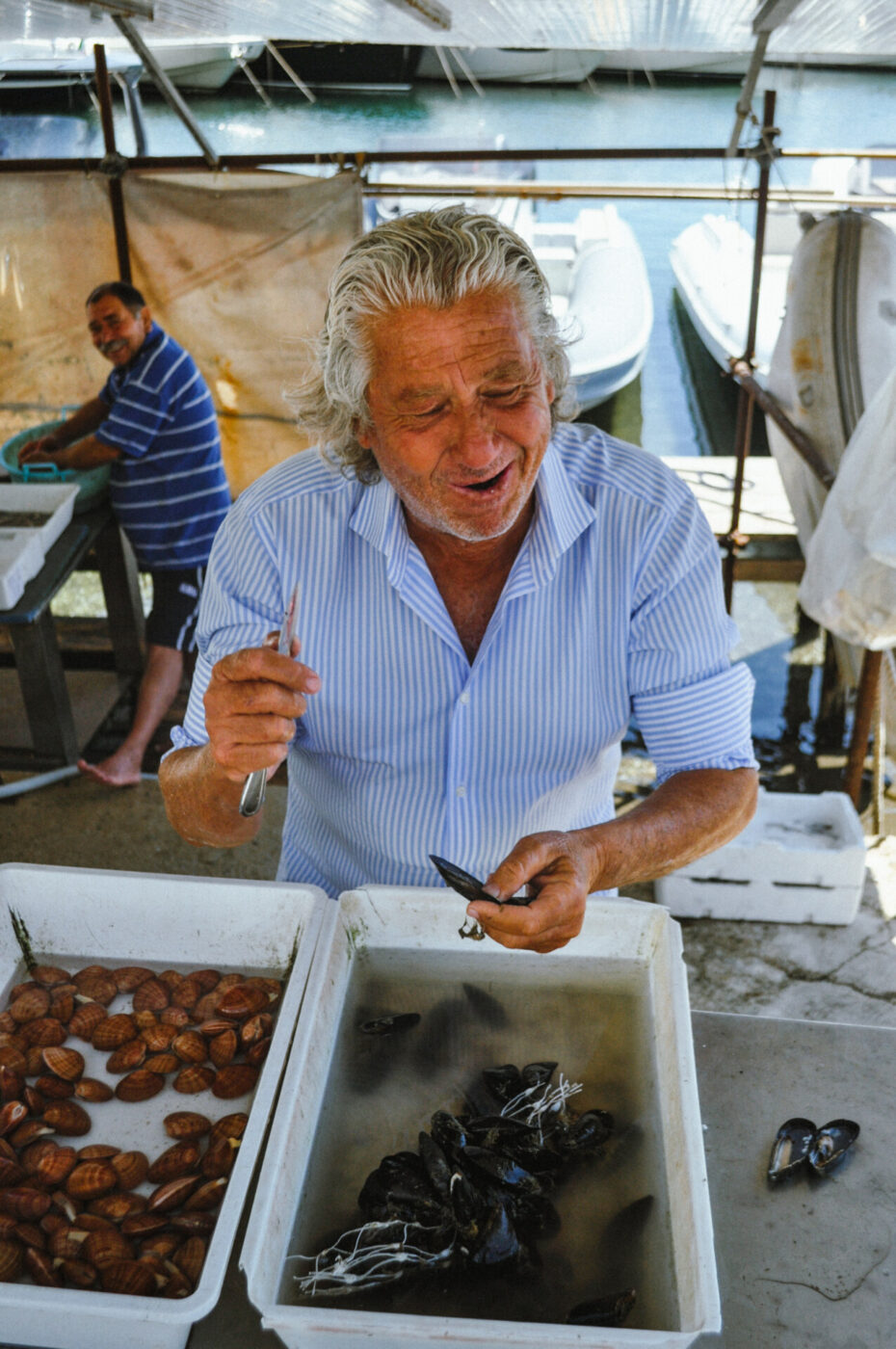Almost everyone knows that Italian is the official language of Italy. You might think it seems fairly obvious; it’s even in the name. But that’s really just the tip of the iceberg–Italy is home to over 30 different regional dialects, many of them officially recognized languages in their own right. If you’ve ever been anywhere near Naples, you’ve probably heard of, or heard, the unstressed vowels of Neapolitan being spoken. Maybe in Venice, you noticed a bit of Venetian, also called “dialeto del mar” (“dialect of the sea”), where street signs say calle rather than via. But what about the multitude of other dialects spoken down the length of the country? And why are there so many different ways of saying the same thing from region to region, and in some cases even from city to city, and neighbourhood to neighbourhood?
I’ve always been intrigued by foreign languages; I learned French and then Italian before moving to Italy to practise it. When I arrived, I realised Italian is far from the only language spoken here. London, where I call home, is full of different cultures, nationalities, and languages, and English is the only one that appears on the road signs; things are rather different in Italy. Stroll down a street in certain regions and you may even be greeted in German and French, for, although Italian is the official language and is spoken throughout the country, in some regions, it shares equal recognition with another language.
In Alto Adige (or Südtirol), German is recognised as an official language alongside Italian. Head to Bolzano and you’ll find everything–menus, street signs, etc.–written in both German and Italian. German, among many social circles, is the primary language used, though most everyone is bilingual. Though the region’s preference towards German may seem strange, there are deep historical roots that help explain: on the border of Austria today, the region was part of the Austro-Hungarian empire until the end of WWI, when it was annexed as a result of the Treaty of Saint-Germain-en-Laye in 1919. The majority of the population, unsurprisingly, spoke German, and the transition led to many linguistic and cultural tensions. In the years that followed, Italianization policies, implemented by Mussolini’s Fascist regime, further alienated the German-speaking population. To address these tensions, Italy granted a high degree of autonomy to the province of Alto Adige in 1948, allowing the region to maintain its cultural and linguistic identity, and German was recognized as one of the official languages, alongside Italian.
Similarly, in the very north west of Italy, Valle d’Aosta (or Vallée d’Aoste)–a mountainous region bordered by France and Switzerland–accepts French as an official language used by its 125,000-person population. The House of Savoy, one of the royal dynasties that deeply shaped the country (and gave rise to the first King of Italy after the country’s unification), played a significant role in shaping the linguistic and cultural identity of Valle d’Aosta. When the family ruled the region, it introduced the French language as the administrative and aristocratic language of the area, even though the majority of the population spoke Franco-Provençal, a Romance language related to both French and Italian. In the early 20th century, the region was hit by those same Italianization policies, which aimed to promote the Italian language and diminish the influence of other languages spoken in the region. Like Alto Adige, the valley’s unique linguistic and cultural heritage was recognized and protected when Italy granted Valle d’Aosta special autonomous status in 1948.
Towns in both these regions bear names in both Italian and, respectively, German and French. Children speak German and French, respectively, in schools, and even yoghurt pots are bilingual. These are the larger–and legally cemented–linguistic differences you might find in Italy, but if you zoom in a bit closer, you’ll find a whole host of dialects and languages, often unrecognised or spoken by few, and yet deeply important to Italy’s cultural fabric.
In total, there are currently around 30 dialects and minority languages spoken in Italy, according to UNESCO. These range from Venetian in the northeast, to Tuscan and Ligurian in the centre, and Sicilian in the very far south. Some of them are fairly similar to the Italian widely spoken today, while others sound completely different and are influenced by Spanish, Greek, and even Arabic words, depending on where you are in the country (and who may have invaded the region at one time or another).
If you were to greet someone with “good morning” in standard Italian, you would say “buongiorno”. However, were you to say it in Sicily, you would say “bon giornu”; in Bologna, this changes to “bån dé”, and in Naples it becomes “buonjuorno”. Similarly, asking someone their name in Italian is “come ti chiami?” In Bolognese dialect, you would inquire “cum t ciâmet?”; in Sicilian, “comu ti chiami?” and, in Neapolitan, “comme te chiame?”
Italy has retained such a high number of dialects because it’s a relatively young nation; until unification in 1861, Italy consisted of multiple independent city-states with their own customs, culture, and languages. When the country was unified into the Kingdom of Italy, a standard language was needed for the different regions to be able to communicate with each other; modelled on the lyrical Tuscan dialect, Italian evolved as the official state language. (For this reason, Tuscan is very similar to the Italian spoken today).

Photo by Ebru Çiçek
Neapolitan on the other hand, with its soft consonants and sing-song intonation, is pretty hard to comprehend if you don’t speak it, nor even if you speak Italian. Sufficiently distinct from Italian–in part because of its Greek, Spanish, and French influences–Neapolitan has been recognized as a language in its own right by UNESCO. Sicilian, in which g’s are swallowed, is influenced by a previous Spanish invasion and a proximity to the Arabic speaking world, and has also been given status as a minority language. Other dialects and minority languages present in Italy (and with a reasonably large number of speakers) include Venetian, spoken in Venice; Ligurian, spoken in Genoa and the region of Liguria; Emilian-Romagnol, spoken in Emilia Romagna; Sardinian, spoken in Sardinia, where a version of the Spanish influenced language Catalan is also used in the city of Alghero; Lombard, spoken in Lombardy (and some of Switzerland); and Piedmontese, spoken in Piedmont, also with a French influence.
To make things even more complicated, these dialects vary within each region, depending on where precisely they are being spoken. In Emilia Romagna, Bolognese (a dialect of Emilian-Romagnol) is different from Modenese (also a dialect of Emilian-Romagnol), although the two cities are located just over 40 kilometres apart. While the dialects sound fairly similar, they are not entirely the same. Across Italy, you can essentially hear a slightly different dialect spoken from town to town, that is, if you’re speaking to the right people. These days, many of the rarer dialects are only spoken by older generations, and certain ones risk dying out entirely. One such dialect at risk of extinction is töitschu, a language spoken by around 200 people in the small village of Issine, in the middle Valley of the Lys in Valle d’Aosta.
You may wonder how many people actually still speak in dialect. According to Istat, Italy’s Instituto Nazionale di Statistica, around 50% of the Italian population still speak a regional dialect as a mother tongue. However, the exclusive use of dialect (speaking dialect without also using Italian) is decreasing, and it seems that dialect is more commonly used amongst those with lower levels of education than amongst those who hold a degree. Dialects are also more commonly spoken between friends and family than at work. That said, one of the more widely spoken ones, Neapolitan, is still used in a range of cultural contexts, such as TV series and songs. (And we can partially thank comedian Massimo Troisi for Neapolitan’s longevity). However, due in part to its geographical location in the centre of the country and also being the capital, Romanesco is still the most widely spoken dialect–a tricky thing to measure in and of itself though as within the city, there are a multitude of dialectical differences, owing to linguistic, class, and cultural divides between north and south.
Of the Italians I know, some speak a dialect, some do not, but nearly all of them agreed that their grandparents’ generation are now the main users of regional languages and dialects. A few were of the opinion that the widespread use of dialects will die out in the not-too-distant future, and most seemed to think that learning a second language was more important than a regional dialect. But, if we lose Italy’s dialects, we lose so much of the important history and culture that makes each region, town, and neighbourhood distinct.
I think what we need to realise is that dialects aren’t (exclusively) a matter of practicality or way to communicate with others. They’re a part of Italian culture, remembrances of a past, and the beauty of diversity. As the Italians say, il mondo è bello perché è vario (the world is beautiful because it varies). A world without dialects is a world much less beautiful.

Bologna
A few words and phrases in Italian, Neapolitan, Venetian, and Bolognese:
Italian
Come ti chiami? – What is your name?
Mi chiamo… – My name is…
Piacere! – Pleased to meet you!
Per favore – Please
Grazie – Thank you
Neapolitan
Comme te chiame? – What is your name?
Me chiamme… – My name is…
Piacere mij! – Pleased to meet you!
Pe favore – Please
Grazij -Thank you
Sicilian
Comu ti chiami? – What is your name?
Mi chiamu… – My name is…
Piaciri di canuscirvi – Pleased to meet you!
Pi favuri – Please
Grazii – Thank you
Venetian
Che nòme gatu? – What is your name?
Me ciamo… – My name is…
Piasser de conosserte! – Pleased to meet you!
Per piasser – Please
Grasie – Thank you
Emilian-Romagnol (Bolognese)
Cum t ciâmet? – What is your name?
A m ciâm … – My name is…
Par piaṡair – Please
A t aringrâzi – Thank you


